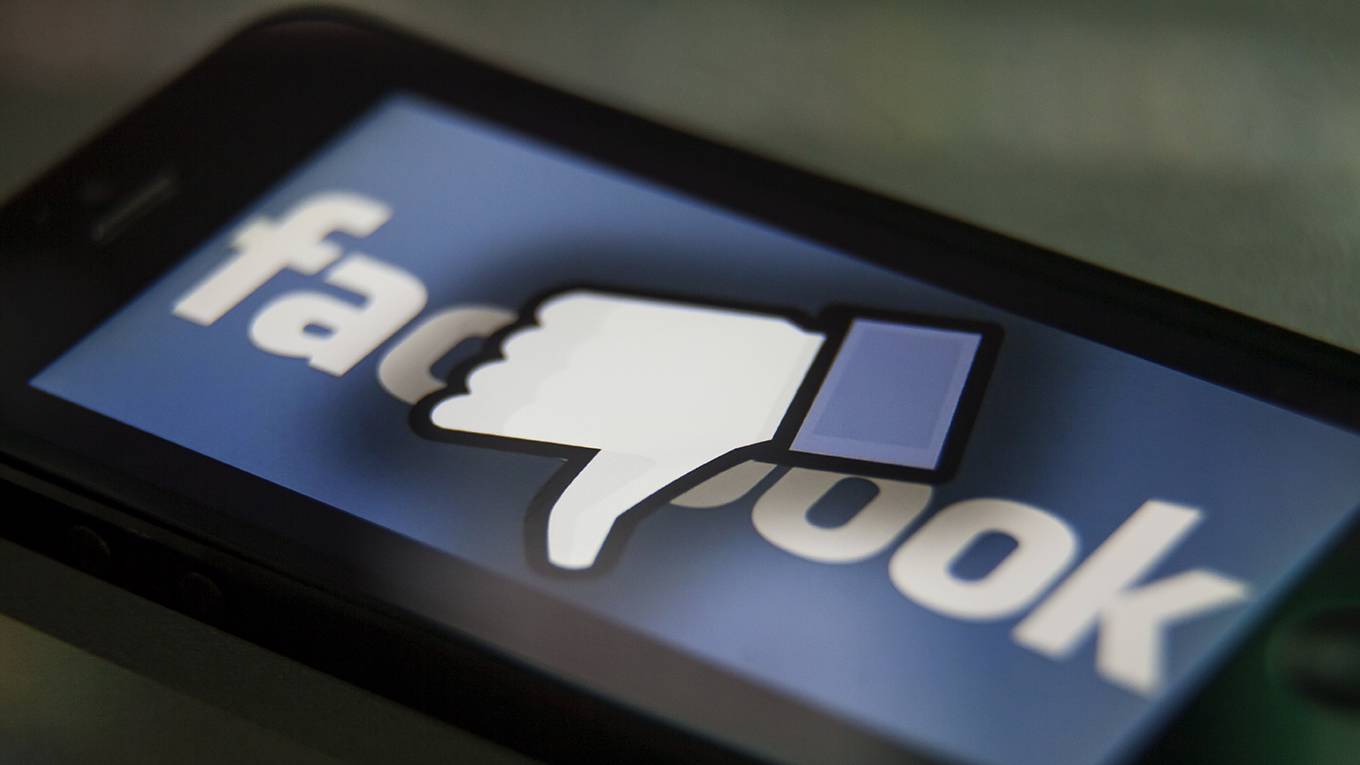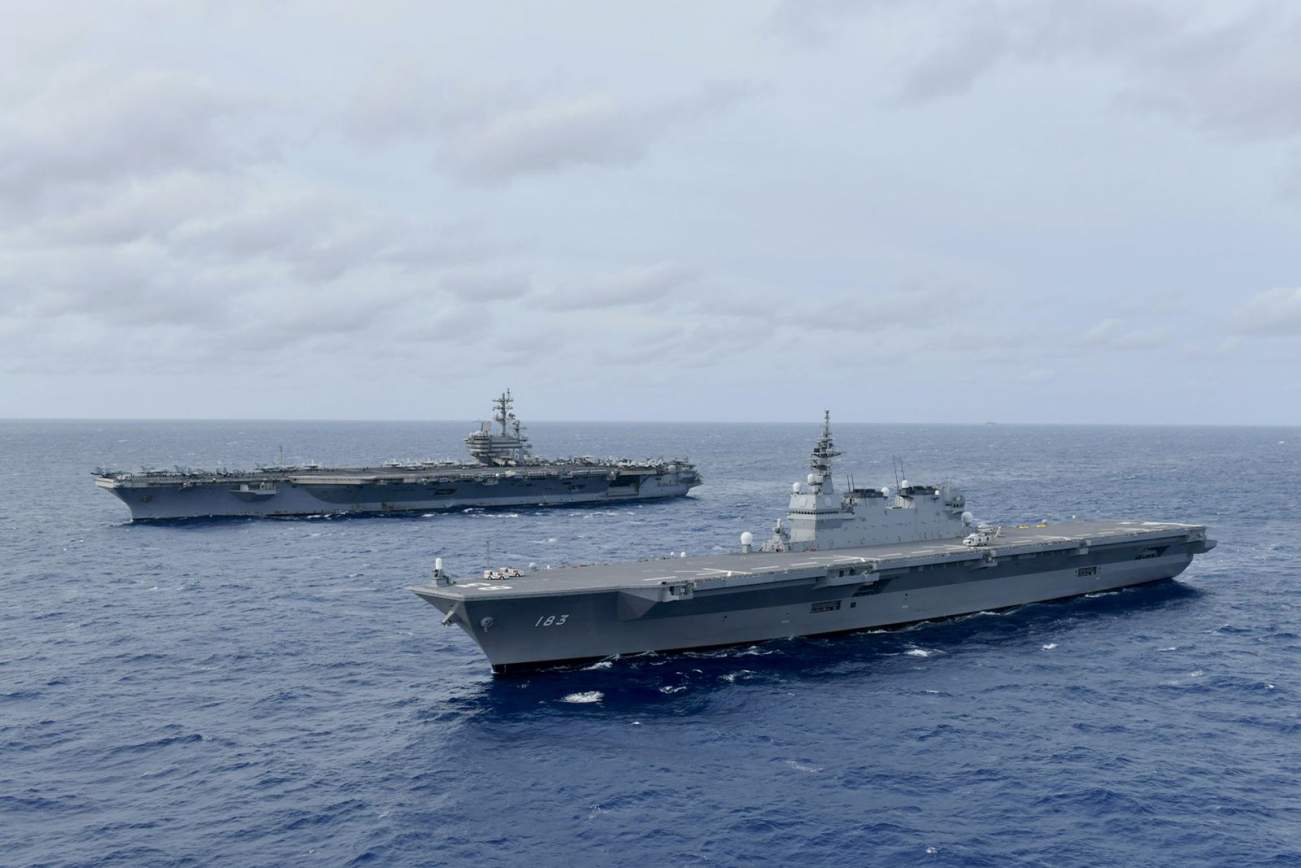 News of USA mounting targeted cyber war against Iran was widely reported last week. While results of this attack are yet unknown, attack on systems of Riviera Beach, a suburb of PalmBeach County, in Florida, USA, has had a devastating effect. Almost all municipal systems of the city council and emergency response systems were rendered inoperative due to the attack. Ransom amount was demanded by the hackers. And the unfortunate news is, Riviera Beach city council, last week, agreed to pay almost $600,000 ransom to the cyber-criminals.
News of USA mounting targeted cyber war against Iran was widely reported last week. While results of this attack are yet unknown, attack on systems of Riviera Beach, a suburb of PalmBeach County, in Florida, USA, has had a devastating effect. Almost all municipal systems of the city council and emergency response systems were rendered inoperative due to the attack. Ransom amount was demanded by the hackers. And the unfortunate news is, Riviera Beach city council, last week, agreed to pay almost $600,000 ransom to the cyber-criminals.
This incident follows a similar attack and subsequent pay-out of $400,000 by Jackson County, Georgia this March. Such payouts by cities of the world’s most technologically advanced country are indeed worrisome for any country making major use of digital resources. India can be no exception.
Digital India needs response readiness for cyber attacks
With a major push towards digital economy in India, its time our response readiness regarding cyber attacks is looked into. The real-world response to terrorist attacks is on familiar lines. Terrorists are confronted and in most cases eliminated by trained commandos.





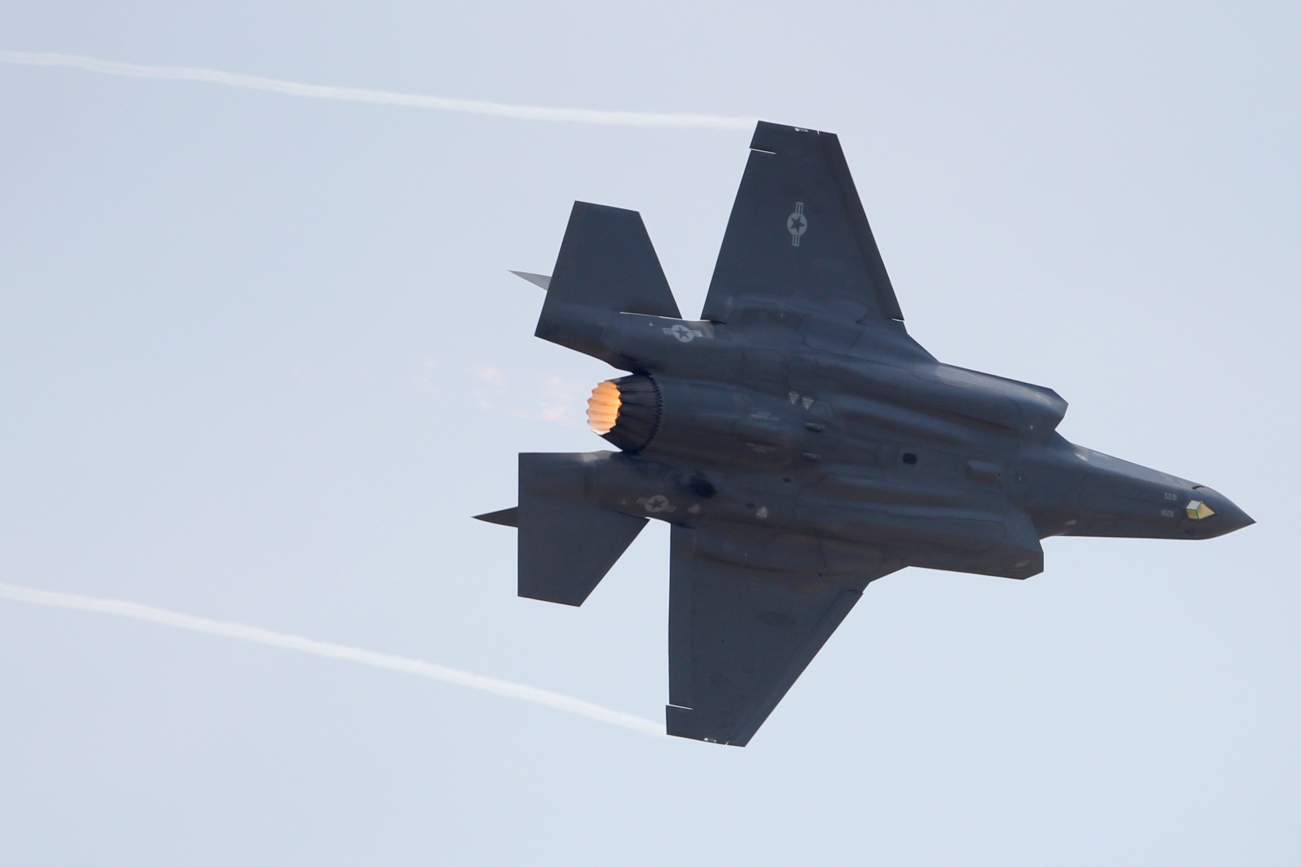


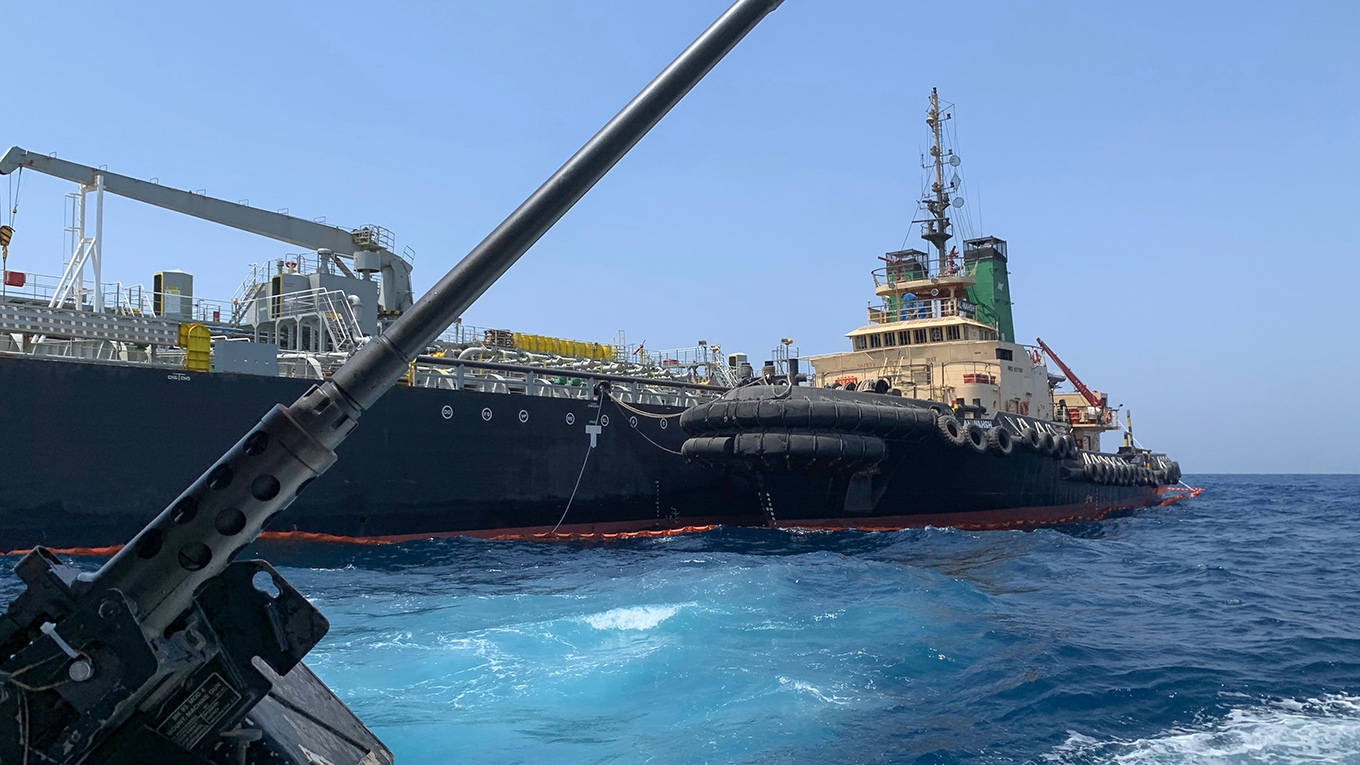


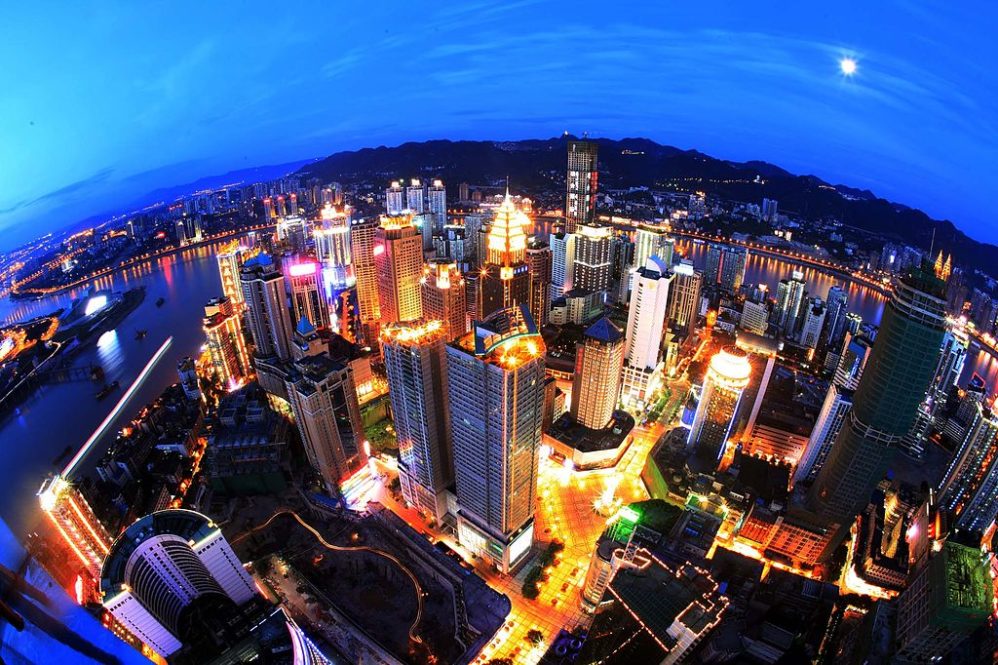






/arc-anglerfish-arc2-prod-mco.s3.amazonaws.com/public/X5H442MN2NEC3JBL6UEF2B4DKQ.jpg)
/arc-anglerfish-arc2-prod-mco.s3.amazonaws.com/public/5SGZSXJOA5CG3MP43VFLNN2FAQ.jpg)

